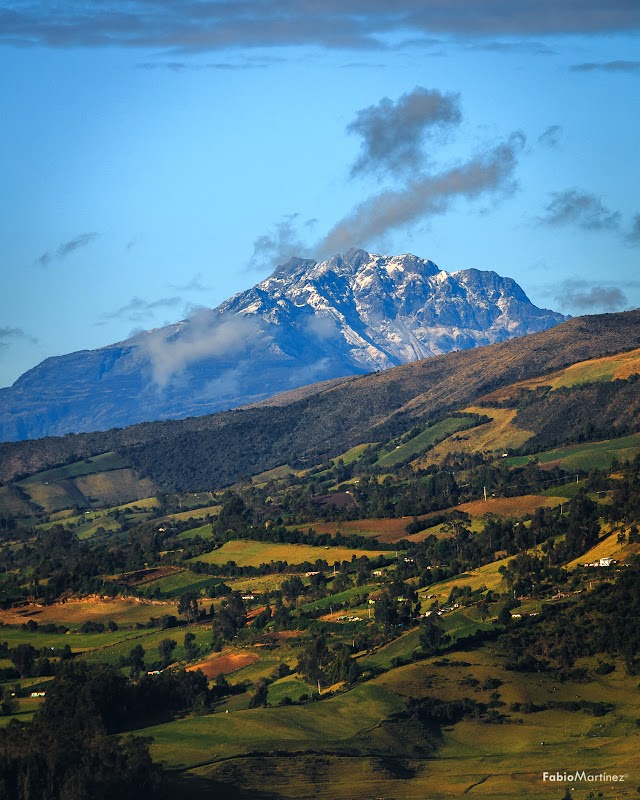
Santuario de Fauna y Flora La Paya Adventures
Santuario de Fauna y Flora La Paya is a critical wildlife sanctuary on Colombia’s Pacific coast, known for its extensive mangrove forests, rich biodiversity, and vital role as a nesting ground for sea turtles.
About Santuario de Fauna y Flora La Paya

Santuario de Fauna y Flora La Paya is located in the Nariño Department of southwestern Colombia, along the Pacific Ocean coastline. This protected area spans a range of coastal ecosystems including mangroves, sandy beaches, estuaries, and tropical rainforests. The sanctuary plays a key ecological role as a nesting site for endangered sea turtle species such as the Olive Ridley and Green Sea Turtles, which come ashore here to lay eggs in the protected sands. Its mangrove forests support diverse birdlife like herons, pelicans, and migratory species, as well as mammals such as jaguars and river otters that inhabit the adjacent rainforest. The site is also important for local fisheries and sustainable livelihoods of indigenous Afro-Colombian and Indigenous communities living nearby. Visitor opportunities in La Paya are limited and highly regulated to protect its fragile habitats. Activities mainly include guided wildlife watching, turtle nesting observation during nesting season, and educational tours focused on conservation efforts. The sanctuary’s beach and mangrove environment provide a unique setting for eco-tourism focused on low-impact interaction with nature. The area is remote, requiring careful planning for access, typically involving boat and local guides. Because of its ecological significance and fragile status, the sanctuary is a prime example of marine and coastal habitat preservation in the Colombian Pacific region.
Highlights
Nesting beaches of Olive Ridley and Green Sea Turtles
Extensive mangrove forests supporting diverse bird species
Pristine Pacific coastline with protected estuaries
Remote and culturally rich Afro-Colombian coastal communities
Notable Natural Features
Sea Turtle Nesting Grounds
Beaches serve as critical nesting sites for endangered Olive Ridley and Green Sea Turtles during the breeding season.
Mangrove Ecosystems
These mangrove forests protect the coastline and provide habitat for diverse bird species and aquatic life.
Coastal Rainforest Transition Zone
The sanctuary includes sections of tropical rainforest that border the mangrove and coastal zones, supporting mammals and amphibians.
